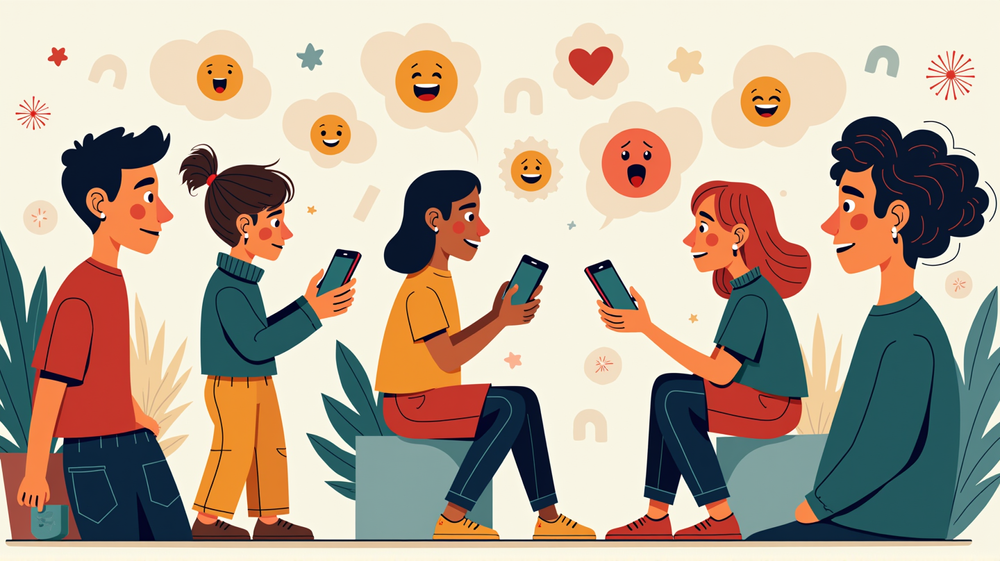The Digital Dialect: How Gen Z Revolutionizes Communication
In an era where digital dialogues dominate, Generation Z emerges as the vanguard of new communication paradigms. Born into a world saturated with technology, Zoomers’ knack for digital interaction sets them apart and shapes an evolving linguistic landscape that merges traditional conversation with modern connectivity.
The Digital Age: A Seamless Start
Gen Z’s upbringing in a world where Wi-Fi flows as freely as water equips them with an instinctual fluency in digital dialects. For many like Grayson del Mundo, technology is a conduit for instant connectivity. “Now it’s easy enough where you can just send an email, or get someone’s phone number and start talking to them,” Grayson notes, highlighting the accessibility that defines their generation.
Beyond Words: The Emoji Expression
The unique language of Gen Z transcends mere text, bringing life to conversations with symbols and images. Emojis are more than playful icons; they are essential elements of expression. “Emojis really help out how I express, how I talk,” says freshman Rayan Khabaza, underscoring their role in making communication more vibrant and nuanced.
A Global Stage for Local Voices
Digital platforms amplify Gen Z’s reach, transforming intimate whispers into booming broadcasts. As Stanford Cultural Anthropologist Roberta Katz observes, Gen Z’s familiarity with global platforms endows them with a broader communicative influence. Yet, surprisingly, the digital realm hasn’t eclipsed face-to-face interactions. Preferences vary, but the essence of personal connection remains irreplaceable. Sophomore Vanessa Polly cherishes digital communication for maintaining friendships across distances, a common thread weaved into Gen Z’s social fabric.
Bridging Generations: Beyond Stereotypes
Critics often mistake Gen Z’s digital prowess for incompetence in traditional social settings. However, as Katz points out, the perceived disconnect in small talk is more a symptom of generational disparity than technological overindulgence. “A lot of the issues are simply what I call cross-cultural,” she explains, emphasizing that these communication gaps are not exclusive to Gen Z.
Hybrid Harmonies: A Complement, Not a Replacement
Despite stereotypes, digital communication complements rather than replaces in-person interaction for Gen Z. Math teacher Evan Lee seconds this notion, observing how his students blend texting with face-to-face gatherings. Supporting this, Katz’s study revealed that 119 out of 120 Gen Zers still favor in-person communication, debunking myths of a generation lost in screens.
Gen Z’s innovation lies not in the abandonment of traditional communication but in its enhancement. By weaving together the strands of technology and tradition, they craft a dynamic dialogue of diversity—one that is as inclusive as it is profound.
As stated in M-A Chronicle, these digital natives are crafting a vibrant tapestry of modern communication that coheres with human essence while resonating through digital corridors.
Crafting communication that bridges worlds, Gen Z not only harnesses the power of technology but also enriches the human experience with newfound depth and reach.




